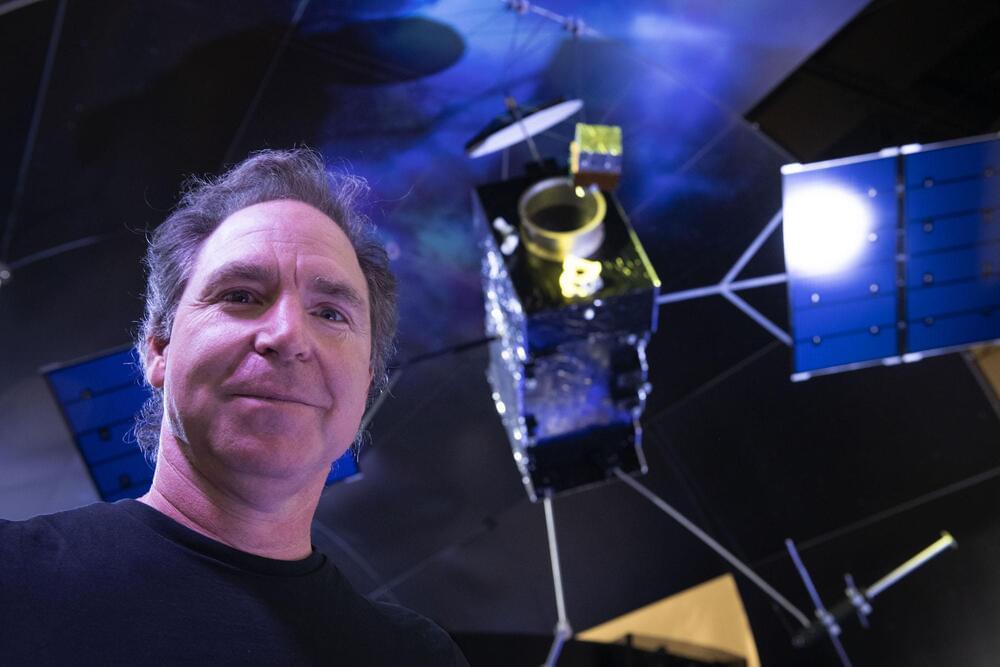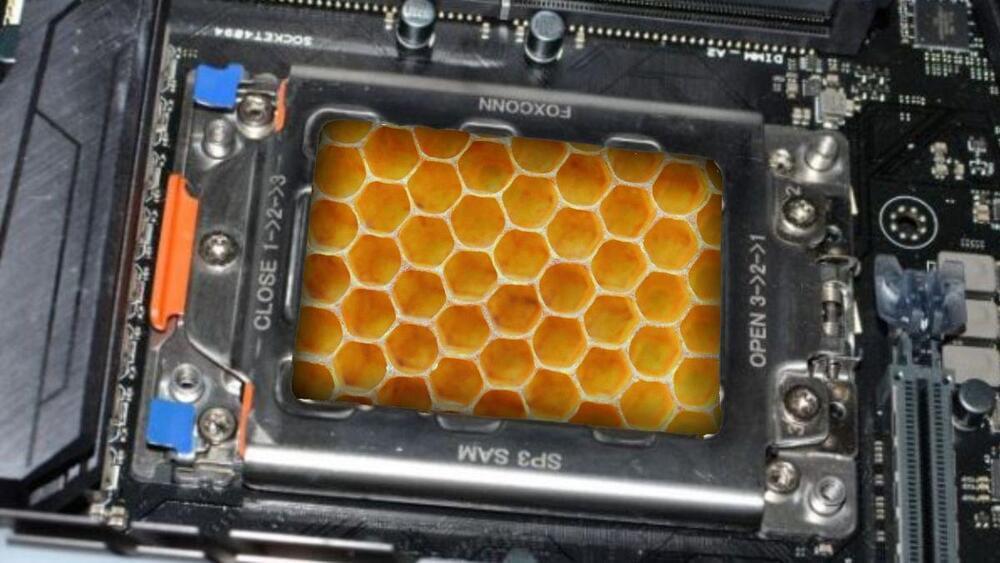Apr 7, 2022
E-Space sheds more light on sustainable megaconstellation plan
Posted by Genevieve Klien in categories: satellites, sustainability
COLORADO SPRINGS — Megaconstellation startup E-Space is preparing to deploy the first of potentially hundreds of thousands of satellites on a Rocket Lab mission slated for no earlier than April 19.
Three E-space prototypes are part of the 34 payloads that Rocket Lab said April 5 are on the upcoming mission, including satellites for Alba Orbital, Astrix Astronautics, Aurora Propulsion Technologies, Unseenlabs and Swarm Technologies.
Rocket Lab will also attempt a mid-air helicopter capture of its Electron launch vehicle for the first time after the flight. The launch is set to commence within a 14-day window starting on April 19 and represents a major step in Rocket Lab’s plans to make the rocket reusable.

















